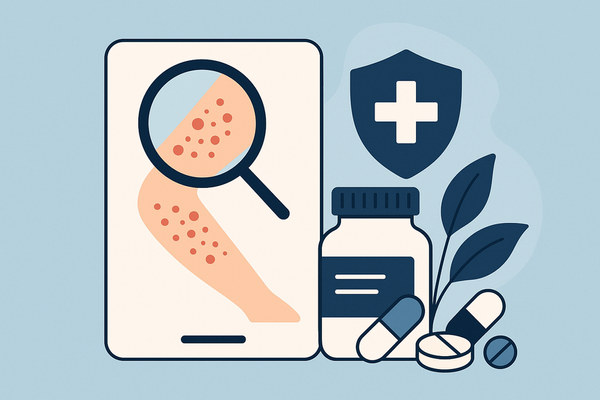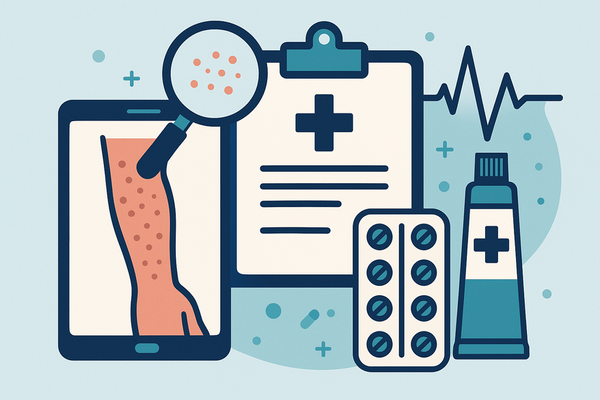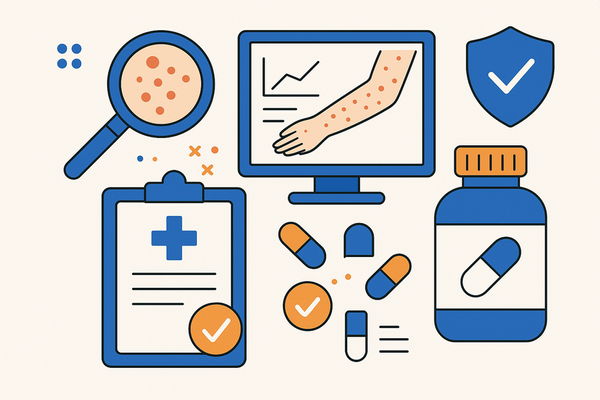User Reviews Rash Detector App: Insights on Privacy, Accuracy & User Experience
Explore user reviews of rash detector apps, analyzing privacy, accuracy, and user experience to make informed decisions on these AI-driven tools.
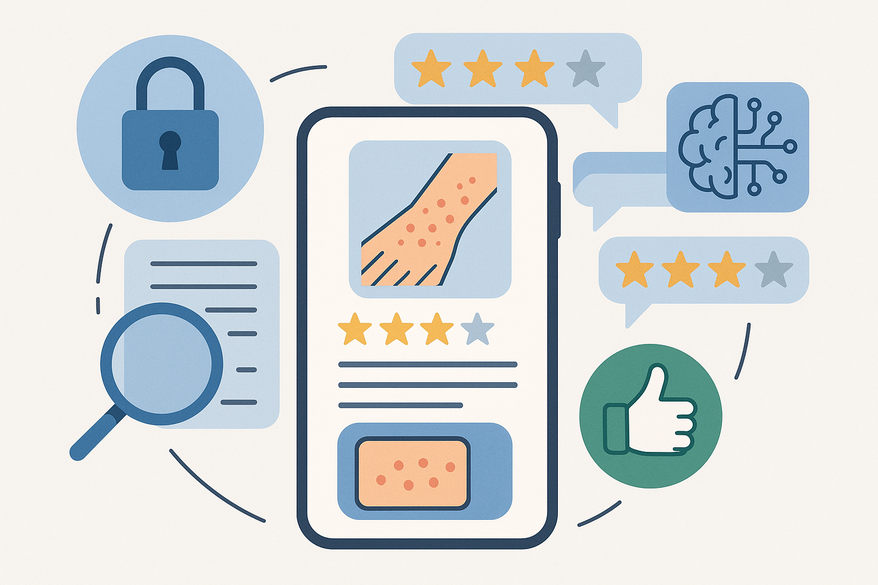
Estimated reading time: 5 minutes
Key Takeaways
- Convenience & Speed: Instant self-assessment when professional care isn’t immediately available.
- Privacy & Security: On-device processing and strong encryption build user trust.
- Accuracy Trade-Off: Useful for preliminary guidance but should not replace a professional diagnosis.
- User Experience: Intuitive interfaces and AI chat features enhance engagement, but inconsistent results can frustrate users.
Table of Contents
- Introduction
- Understanding Rash Detection Apps
- Importance of Privacy and Data Security
- Analysis of User Reviews
- Detailed Review of “User Reviews Rash Detector App”
- Comparative Analysis & Best Practices
- Conclusion & Recommendations
- FAQ
Introduction
User reviews rash detector app provide real-world feedback on mobile tools that analyze skin rashes. These user comments highlight how instant self-assessment can guide users when professional dermatology care isn’t immediately available (see our comparison of AI rash detector apps). By examining user experiences, we can gauge an app’s accuracy, data security, and overall trustworthiness—factors that directly impact user safety and confidence.
Understanding Rash Detection Apps
Rash detection apps leverage artificial intelligence (AI) and machine learning to analyze user-uploaded photos of skin conditions. They offer instant feedback and next-step recommendations based on visual patterns and clinical data.
- Snap-or-upload photo capability – capture images directly or choose from gallery
- Automated analysis with instant reports – AI evaluates color, shape, texture
- Interactive AI follow-up questions – clarifying symptoms and history
- Personal health tracking and data storage – log rash progression over time
Role in personal health management:
- Preliminary guidance on rash severity
- Faster identification of common conditions (dermatitis, eczema, heat rash)
- Prompt referrals to teledermatology or in-person visits
For instance, Rash Detector is an AI-driven skin analysis app that instantly generates detailed evaluation reports for uploaded rash images. 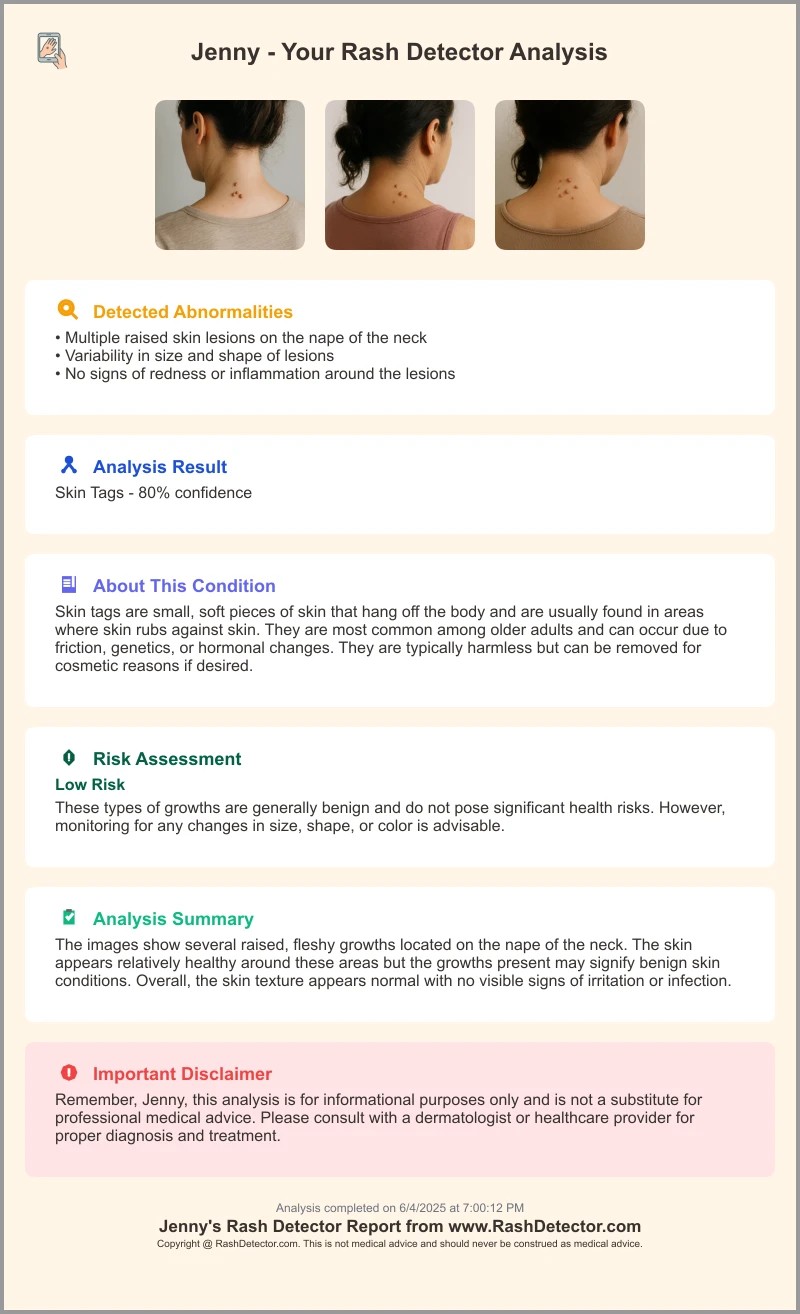
Importance of Privacy and Data Security
Health apps process sensitive images and symptom details. For rash detector apps, leaks or misuse of skin photos can violate privacy and expose personal health data (learn more about best practices for data security).
- Cloud-based storage vulnerability to hacking
- Unauthorized sharing of images or personal details with third parties
- Weak encryption during data transmission or at rest
- On-device processing only (no cloud upload)
- End-to-end encryption for all image transfers
- Clear privacy policies and audit logs for data handling
Analysis of User Reviews
User reviews offer valuable insights into real-world performance. By aggregating positive and negative themes, prospective users can make informed decisions.
Common positive themes
- Speed of analysis praised – results in under 30 seconds
- Convenience and longitudinal tracking – log rashes over weeks
- Privacy-first approaches lauded (on-device analysis)
Common negative themes
- Inconsistent or inaccurate results (e.g., misidentifying heat rash vs. chickenpox)
- Frustration over contradictory diagnoses for the same photo
User feedback on key aspects
Accuracy:
- Mixed reliability – some pinpoint rashes correctly, others mislabel common conditions
- Many users follow up with doctors for confirmation confirmation
Ease of Use:
- Intuitive interface – simple photo upload, clear prompts
Responsiveness:
Privacy Perception:
- Local processing apps rated highest on trust metrics
Detailed Review of “User Reviews Rash Detector App”
- Speed
“Users report results in under 30 seconds.” - Reliability
“Some describe wildly varying condition IDs for identical rashes.” Learn more - User-Friendliness
AI assistant questions make assessments feel personalized and interactive. See features
Recurring concerns and suggestions:
- Higher diagnostic accuracy and clearer result explanations
- Calls for verified dermatologist reviews and live teledermatology follow-up features
Comparative Analysis & Best Practices
By comparing cross-app review patterns, we can derive best practices for interpreting user feedback and selecting the most reliable tools.
- Accuracy: Fast but occasionally misleading
- Ease of Use: Intuitive workflow, minimal learning curve vs. rare crashes
- Privacy/Security: On-device processing preferred over cloud-based storage
- Support: AI chat helpful, yet users still request human expert backup (for deeper technical insights, see how AI diagnoses rashes)
Advice for interpreting reviews:
- Focus on recurring themes rather than isolated comments
- Check for explicit mentions of data policies, encryption practices, and audit logs
- Look for developer responsiveness: frequent updates and detailed change logs indicate commitment to quality
Best Practices for App Selection:
- Prioritize apps with local image processing and clear privacy statements
- Evaluate recent user reviews (past 3–6 months) for stability and accuracy trends
- Verify whether the app implements end-to-end encryption and secure storage
- Choose developers who actively respond to feedback and publish regular updates
Conclusion & Recommendations
User reviews of rash detector apps reveal a clear trade-off: convenience and privacy-first features versus occasional accuracy concerns. Apps that process data locally, maintain transparent privacy policies, and evolve based on feedback earn the highest user trust.
Key takeaways
- Convenience & Speed: Most apps deliver rapid initial assessments
- Privacy & Security: On-device analysis builds user confidence
- Accuracy: Mixed results—use as preliminary guidance, not definitive diagnosis
Final User Tips
- Choose apps with local processing and robust privacy policies
- Treat app results as preliminary; consult a healthcare professional for serious concerns
- Monitor developer update histories and user feedback trends
- Look for added expert-review or live teledermatology features
Call to Action: Explore the latest user reviews and app changelogs before downloading or updating your rash detector app. By staying informed on privacy measures, accuracy improvements, and new expert-backed features, you can make safer, data-driven choices for your skin health.
FAQ
- Q: How accurate are rash detector apps?
A: Accuracy varies by app and condition; these tools should be used for preliminary guidance, with professional consultation for confirmation. - Q: Is my personal data safe?
Look for apps with on-device analysis, end-to-end encryption, and transparent privacy policies to ensure image and health data protection. - Q: Can I rely solely on app diagnoses?
No. Use app results as a first step and seek medical advice for definitive diagnosis and treatment. - Q: What features should I look for?
Prioritize apps offering local processing, clear privacy statements, AI chat support, and regular updates based on user feedback.


